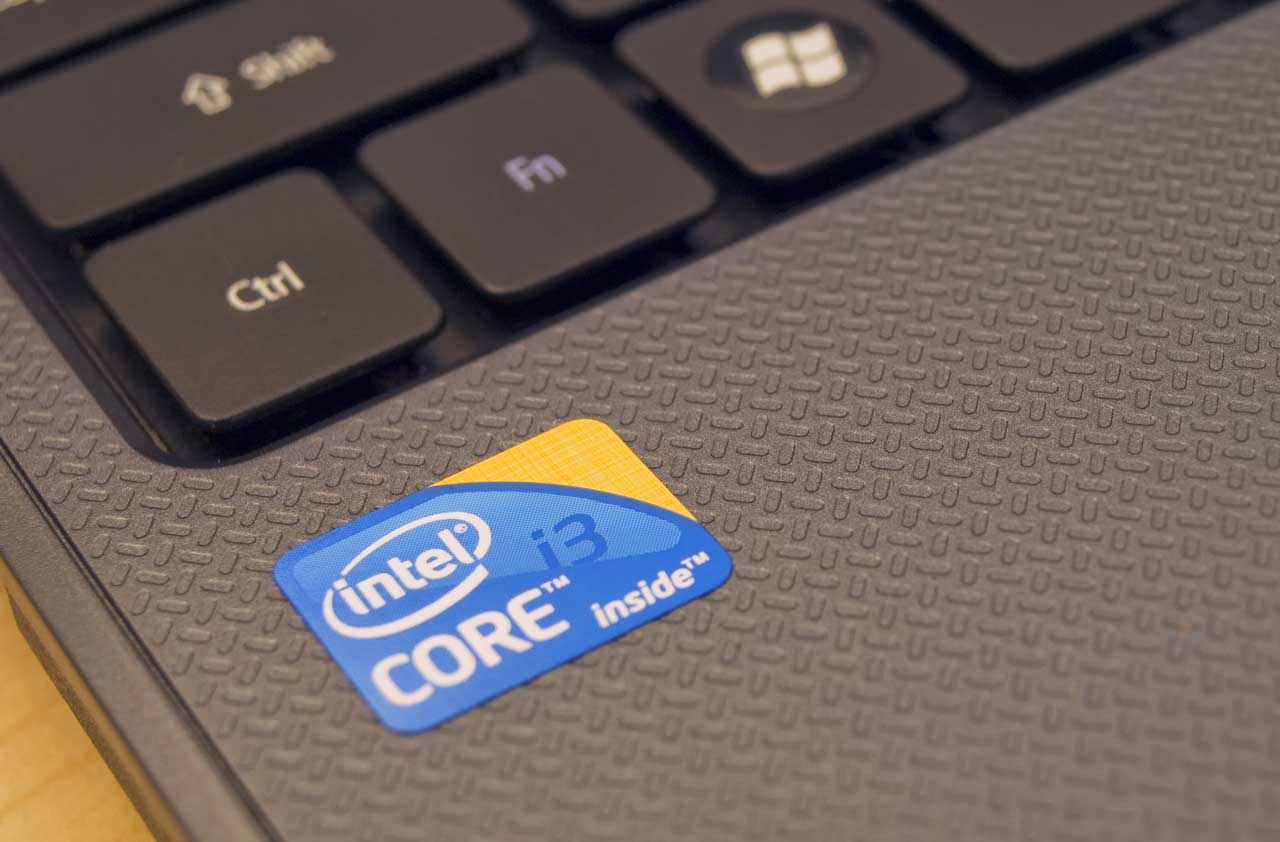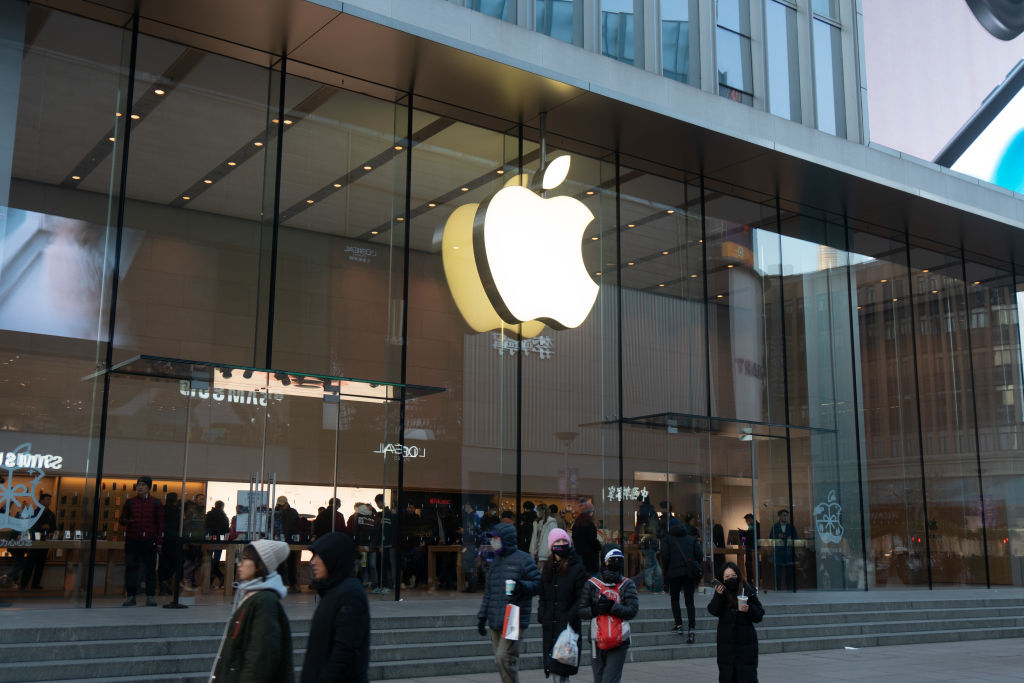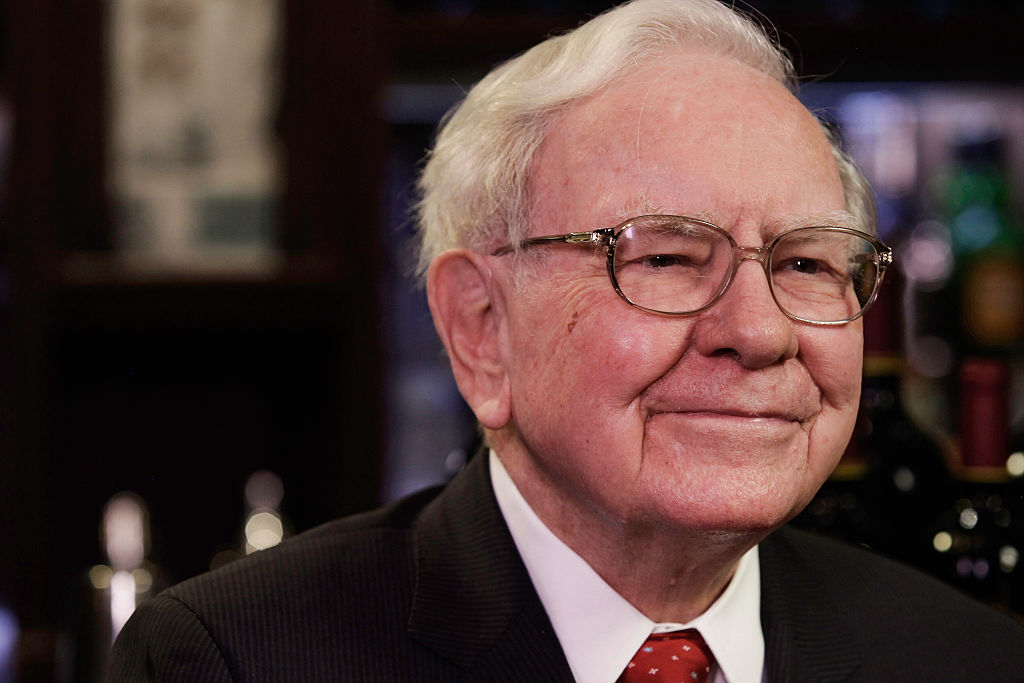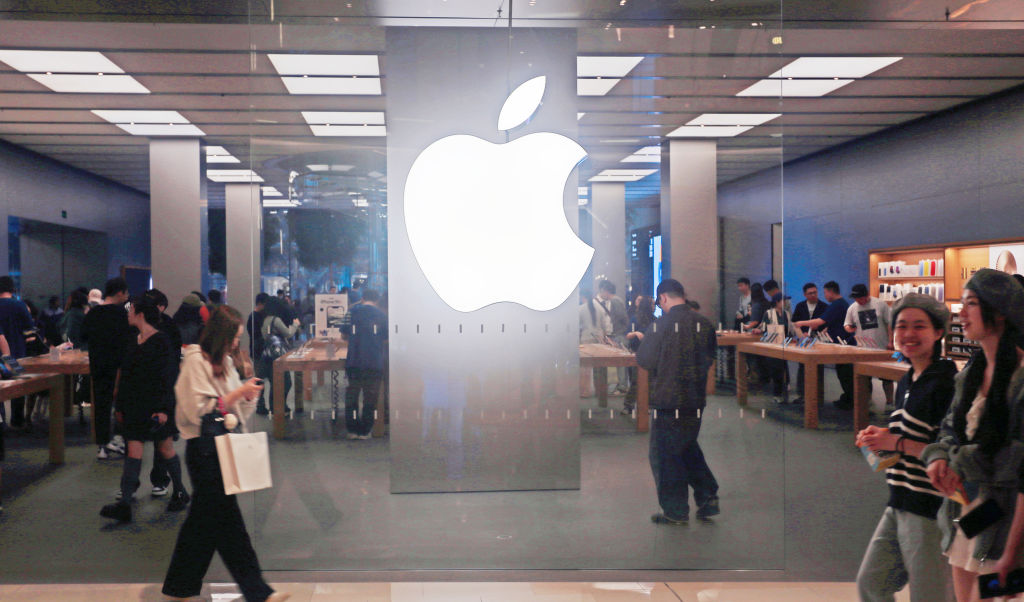4 Best Tech Stocks to Build a Portfolio
These are companies that make products I use every day and I think I understand well enough to make the foundation of my portfolio.


Writing an article for Kiplinger about Warren Buffett’s favorite stocks got me thinking about the concept of “core holdings.” These are the foundation of a portfolio—stocks of businesses so entrenched you’re likely to hold them through thick and thin. For Buffett, they include Coca-Cola (symbol KO) and American Express (AXP). But until he invested in International Business Machines (IBM) a few years ago, his enormous portfolio was largely devoid of technology stocks. As Buffett has often said, he didn’t understand them well enough to invest.
I’m obviously no Warren Buffett, which may explain why all of the core holdings in my Practical Investing portfolio are tech stocks—Apple (AAPL, $110), Intel (INTC, $29), Microsoft (MSFT, $44) and Seagate Technology (STX, $49). I consider them core holdings for the same reason Buffett sticks with Coca-Cola, which he drinks by the liter. These are companies that make products I use every day and that I think I understand well enough to make the foundation of my portfolio. All told, they represent more than one-third of my portfolio’s assets. (Prices are as of September 3.)
To be sure, I don’t understand the technical wizardry that allows a fingernail-size chip to store the contents of an entire library. But that didn’t stop me from falling in love with these four tech luminaries 25 years ago, after I had my first child.

Sign up for Kiplinger’s Free E-Newsletters
Profit and prosper with the best of expert advice on investing, taxes, retirement, personal finance and more - straight to your e-mail.
Profit and prosper with the best of expert advice - straight to your e-mail.
Before Samantha was born, I was working full-time as a business writer at the Los Angeles Times. Because I didn’t want a nanny raising my daughter, I formulated a plan that would let me keep my job and work from home. I turned my dining room into an office and, while still technically on leave, I started cranking out stories while Samantha napped. At a time when working at home full-time was rare, I wanted my bosses to have every reason to accommodate my request to do just that.
The equipment in my office was paramount. If I was going to work at home, the only thing that would show my bosses I was on the job would be my production. So I bought the best personal computers I could find. The brand wasn’t important. Instead, I learned to look for the “Intel Inside” button, which meant the device ran on an Intel microprocessor and would be fast and reliable. Microsoft has made the operating systems and word-processing programs on every PC I’ve used over the decades. Even though Microsoft has stumbled with new operating systems over the years, I’ve yet to find a better word-processing program than Word or a better spreadsheet than Excel.
Storage needs. Meanwhile, when I needed to back up my stories and the book I was working on, I bought a Seagate hard drive. Now I’ve got a library of these drives that hold not only all the documents I’ve produced but also my music and photos. Sure, I know I can back up everything to the “cloud.” Seagate operates there, too. But those photos and playlists are too precious not to have a back-up copy on site.
I fell in love with Apple later, when Samantha and my son, Michael, persuaded me to try their iPods. I never imagined I’d want or need this little music player, but it soon became a part of my daily routine. I was still struggling to figure out my BlackBerry when my kids talked me into buying an iPhone. Now I don’t even mind paying a premium price every time I upgrade it. It’s just so darn useful to have this thoroughly intuitive phone/computer in my pocket. I now own an iPod, an iPad, an iPhone and a Mac Mini. I may buy an iWatch, too.
So when Mr. Market ratchets down the share price of Apple and my other core holdings, I shrug, continue to reinvest the generous dividends of all four and, when I have cash to spare, use the opportunity to buy more shares.
Get Kiplinger Today newsletter — free
Profit and prosper with the best of Kiplinger's advice on investing, taxes, retirement, personal finance and much more. Delivered daily. Enter your email in the box and click Sign Me Up.

-
 Two Don'ts and Four Dos During Trump's Trade War
Two Don'ts and Four Dos During Trump's Trade WarThe financial rules have changed now that tariffs have disrupted the markets and created economic uncertainty. What can you do? (And what shouldn't you do?)
By Maggie Kulyk, CRPC®, CSRIC™
-
 I'm Single, With No Kids: Why Do I Need an Estate Plan?
I'm Single, With No Kids: Why Do I Need an Estate Plan?Unless you have a plan in place, guess who might be making all the decisions about your prized possessions, or even your health care: a court.
By Cynthia Pruemm, Investment Adviser Representative
-
 Wall Street Is Worried About Apple Stock. Should You Be Too?
Wall Street Is Worried About Apple Stock. Should You Be Too?Analysts expect Trump's sweeping tariffs to have an outsized impact on Apple stock. How concerned should investors be?
By Karee Venema
-
 The Stock Market Is Selling Off. Here's What Investors Should Do
The Stock Market Is Selling Off. Here's What Investors Should DoInvestors started fleeing the equities market en masse in response to the Trump administration's "jaw-dropping" tariffs. But the experts say don't panic.
By Karee Venema
-
 Should You Sell Tesla Stock as Elon Unrest Grows?
Should You Sell Tesla Stock as Elon Unrest Grows?Tesla's CEO is wearing many hats and is managing them "with great difficulty."
By David Dittman
-
 5 of Warren Buffett's Best Investments
5 of Warren Buffett's Best InvestmentsWarren Buffett has had plenty of wins throughout his decades of investing. Here, we highlight five of Buffett's best investments.
By Kyle Woodley
-
 Apple's 100,000% Return Is a Result of Innovation, Brand Loyalty and Buybacks
Apple's 100,000% Return Is a Result of Innovation, Brand Loyalty and BuybacksApple spends billions buying back its own shares, but this is just one catalyst behind the incredible growth in its share price.
By Louis Navellier
-
 Stock Market Today: Stocks Struggle After Trump's EU Tariff Threats
Stock Market Today: Stocks Struggle After Trump's EU Tariff ThreatsStocks pared early gains after Trump threatened the European Union with 25% tariffs.
By Karee Venema
-
 Stock Market Today: Dow Gains After Nike Gets Upgraded
Stock Market Today: Dow Gains After Nike Gets UpgradedJefferies thinks Nike's new CEO will spark a turnaround in the beaten-down blue chip.
By Karee Venema
-
 Best Investments to Sidestep Trump's Trade War
Best Investments to Sidestep Trump's Trade WarThese ETFs are well-designed to weather rising U.S. protectionism and retaliatory tariffs.
By Jeff Reeves